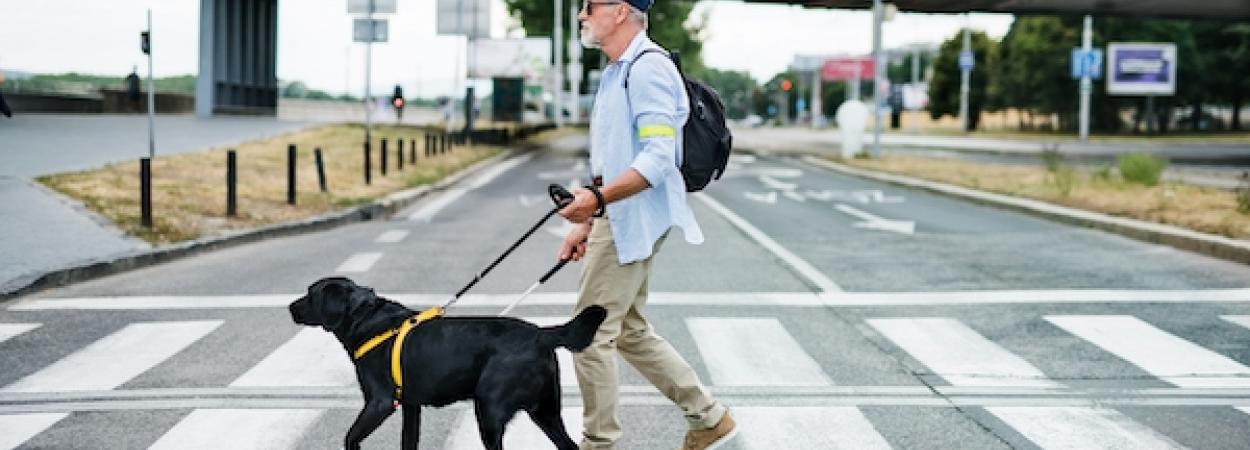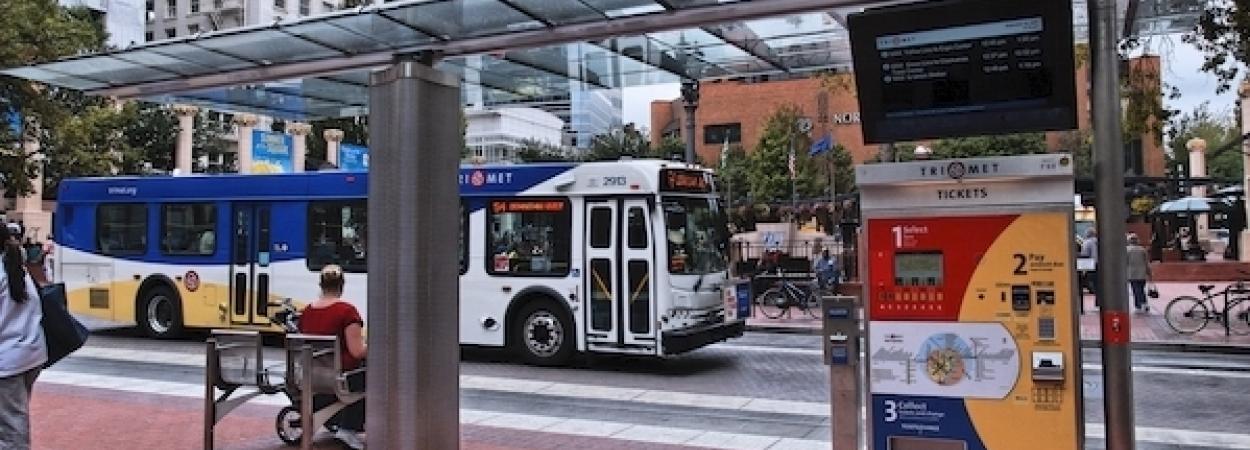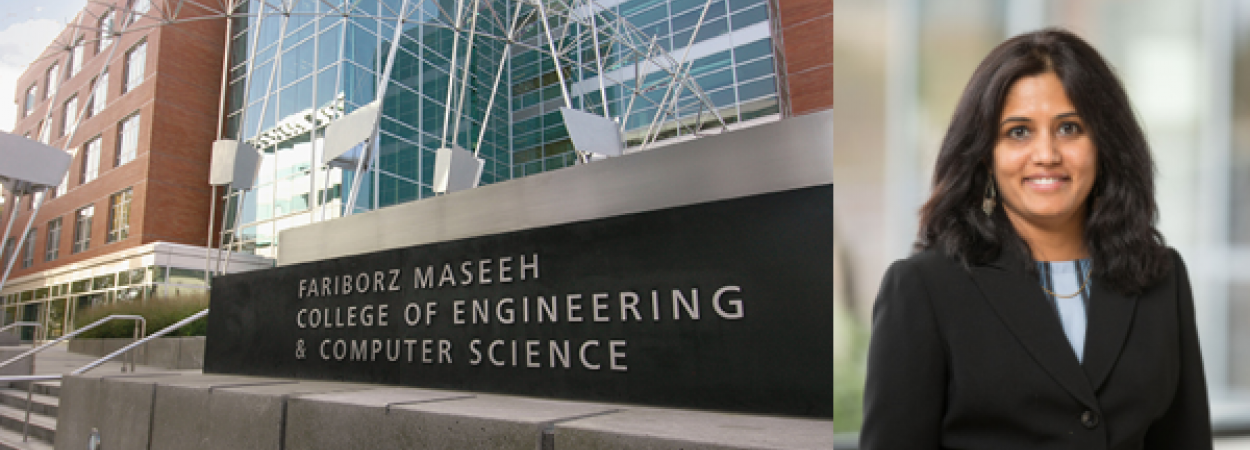 |  |  |

Portland State University researchers Martin Swobodzinski and Amy Parker, with student co-authors Julie Wright, Kyrsten Hansen and Becky Morton, have published a new article in Frontiers in Education: "Seamless Wayfinding by a Deafblind Adult on an Urban College Campus: A Case Study on Wayfinding Performance, Information Preferences, and Technology Requirements."
The article reports on an empirical evaluation of the experience, performance, and perception of a deafblind adult participant in an experimental case study on pedestrian travel in an urban environment. The case study assessed the degree of seamlessness of the wayfinding experience pertaining to routes that traverse both indoor and outdoor spaces under different modalities of te…
Read More
A new study launches next month, funded by the National Institute for Transportation and Communities (NITC). Researchers at Portland State University and the University of Texas at Arlington will explore the use of crowdsourced data to estimate pedestrian counts. The project team consists of Sirisha Kothuri and Nathan McNeil of Portland State University, and Kate Hyun and Stephen Mattingly of the University of Texas at Arlington.
"You know that saying that if you can't measure it, you can't change it? For most streets, we might have some intuitive sense of if there are a lot of people walking there or not, but we rarely have data to back it. This project will as…
Read More
The 2021 World Symposium on Transport and Land Use Research was held virtually August–11, and three recorded sessions are available to watch. See below for links to the opening and closing keynote speeches and a panel discussion on Portland, Oregon's urban growth boundary. TREC co-sponsored the conference with The World Society for Transport and Land Use Research (WSTLUR). Portland State University's interim Associate Vice President for Research, Kelly Clifton, and TREC director Jennifer Dill co-hosted the event along with Yingling Fan of the University of Minnesota. Check out the recordings here:
Read More
If you could securely pick up your packages on your commute by public transit, from any carrier—be it USPS, FedEx, UPS or other companies, would you? Transit agencies could be missing a potential strategy to increase ridership by offering common carrier parcel lockers at transit facilities.
Mitigating the demands on our urban transportation networks by consolidating parcel deliveries at high trafficked transit facilities could also benefit retailers, logistics and carrier companies, and consumers. But how do we ensure the equitable distribution of these sites for disadvantaged populations, while keeping accessibility in mind?
Using real world data from the Portland, OR region, a new study from researchers at Portland State University (PSU) offers a multiple-criteria approach using accessibility and equity metrics, including ridership, mode of transportation, spatial distribution, and sociodemographic profiles of coverage areas.
Read MoreLimit…

We're proud to announce that Dr. Sirisha Kothuri, Senior Research Associate at Portland State University, has been awarded the 2021 Research Professional of the Year award by the Association of Pedestrian and Bicycle Professionals (APBP). The APBP Professional of the Year Awards recognize the achievements of pedestrian and bicycle professionals made in the last twelve months in the private, public, research, and nonprofit sectors.
Dr. Kothuri’s contributions to advance the state of practice in bicycle and pedestrian safety research are outstanding. She has worked to inspire the next generation in our field and advance the professional knowledge of others through research around multimodal traffic operations, bicycle and pedestrian counting, and safety, with an emphasis in innovation in non-motorized transport.
The Transportation Research and…
Read More